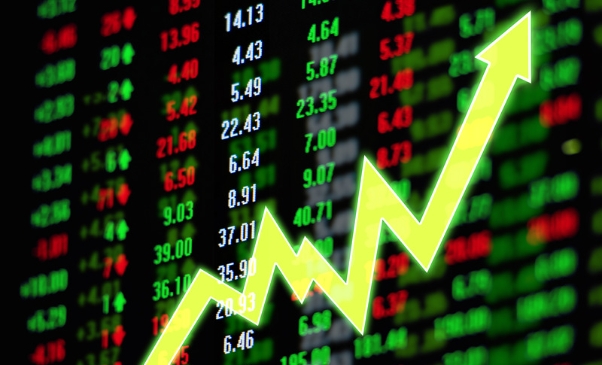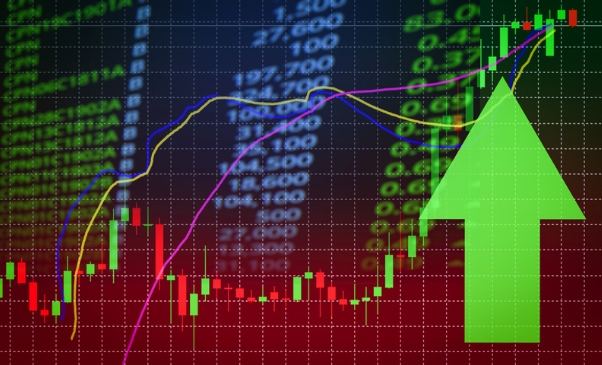When talking about the stock market, "correction" usually means a drop of at least 10% from the most recent market peak. When the stock market starts to go down, many traders and investors sell all of their assets because they fear the market will crash.
Despite what most people think, a drop in the stock market is a normal and important part of the market's natural cycle. When investors put too much value on certain companies, this can lead to overvaluation, leading to a price drop when the bubble finally bursts.
Even though a drop in the stock market's value can be scary, it usually does not mean that the economy is in worse shape. They may be helpful because they will help bring down the stock market's overpriced state. If the stock market is going down, do not worry too much.

What Is a Stock Market Correction?
When the stock market drops significantly for no clear reason, this is called a "correction." A drop in the stock market could be caused by several things, such as political unrest, an economy that is not growing, or bad behaviour on the part of corporations. There is a chance that some outside events, like acts of terrorism or natural disasters, contributed to the start of this trend. If the market goes through a correction, share prices could go down, bond rates could go up, and the stock market could fall apart.
Defining Stock Market Corrections
When talking about the stock market, "correction" means a short-term drop in the value of equities. When the number of people who own stocks goes down, it is often because investors' minds have changed. A drop in stock market activity could be caused by bad economic news or the appearance of political problems that have not been solved. Because a bear market can last for weeks or months, investing in the stock market can lead to big financial losses.
How to Use a Market Correction to Your Advantage
When the market is not doing well, investors might be able to buy shares for less money. A correction is a drop in the stock market of at least 10% from its most recent high point. Likely, the price drops right now make this a good time to invest in stocks because they create good conditions. Because not all stocks are the same, it is important to do your homework before putting money into the stock market. Remember, too, that past success does not mean anything about what will happen in the future.
Types of Stock Market Corrections
Two main kinds of market corrections can happen at any given time. The most common type of market correction occurs when markets are not doing well. This kind of correction could happen if the market goes down by 10% to 20%, lasting from a few weeks to several months. There is also something called a "bull market correction," which is the opposite of a "bear market correction." When the market drops by 3-4%, this is called a "correction," It usually does not last more than a few days or weeks.
Since the results of the two types of repairs can be very different, it is important to know their differences. If you are worried about the stock market right now and want to make sure your money is safe, you should pay close attention to the signs shown here.

Factors Influencing a Stock Market Correction
Remember that the severity of a stock market correction can depend on many things. This is something you should always keep in mind. Changes in politics, how investors feel, and increases in the gross domestic product, inflation, and employment are all examples of things that come from the outside. People also talk about the state of the market and recent political events. These traits may help predict whether investors are optimistic or pessimistic about the stock market's future. This, in turn, may affect their decision about whether or not to buy or sell shares of company stock. A drop in the stock market can also be caused by news or events that were not expected, like natural disasters or big economic shocks. Knowing a fair amount about the stock market is important if you want to make smart decisions about investments.
Analyzing the Severity of a Correction
Many things need to be considered when deciding on an appropriate punishment. Think about how big the price drop was, how long it went on, and how many stocks it affected. Also, the circumstances that led to the error being found in the first place should be considered. Was it because of recent things you knew about, like how the world economy was getting worse or how big companies were putting out bad earnings reports?
Taking all of these things into account at the same time might help you figure out how big the repairs need to be. If the prices of many different stocks have dropped a lot at the same time that much bad news has hit the market, this could be a sign of a severe bear market. When something like this happens, investors might feel they need to sell their assets until the market returns to normal.
Strategies for Weathering a Stock Market Correction
This indicates that prior to the correction, you will need to choose the level of risk you are prepared to tolerate, the amount of time you are willing to wait for the market to recover, and the amount of cash that you are willing to spend.
Also, you should set up automatic processes that will let you act quickly if the market starts to move against you. This could be as easy as stopping-loss orders or as complicated as algorithmic trading methods. Before the correction even starts, you need to make sure that everything is ready to go so that you can act quickly when it does.
Conclusion
A correction in the stock market is a temporary drop of at least 10%, but usually much more than that, in the price of shares. When you trade stocks, you risk being affected by market corrections. Even though drops in the stock market are fairly common, investors may still feel worried. Because of this, it is very important to have a plan ready ahead of time so you can respond well to any changes. If you are ready for it, a drop in the stock market could give you a great chance to buy shares at a lower price. Stick to your plan for investing, and do not make low-priced sales.